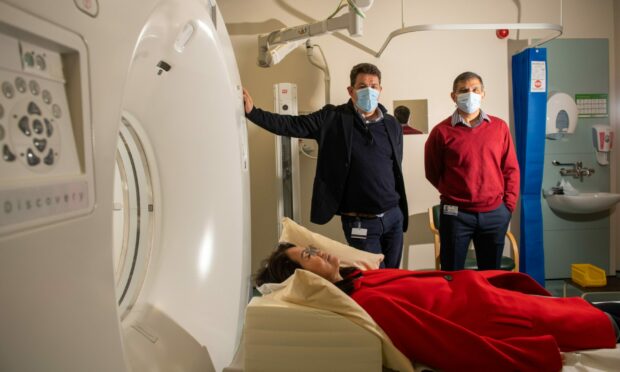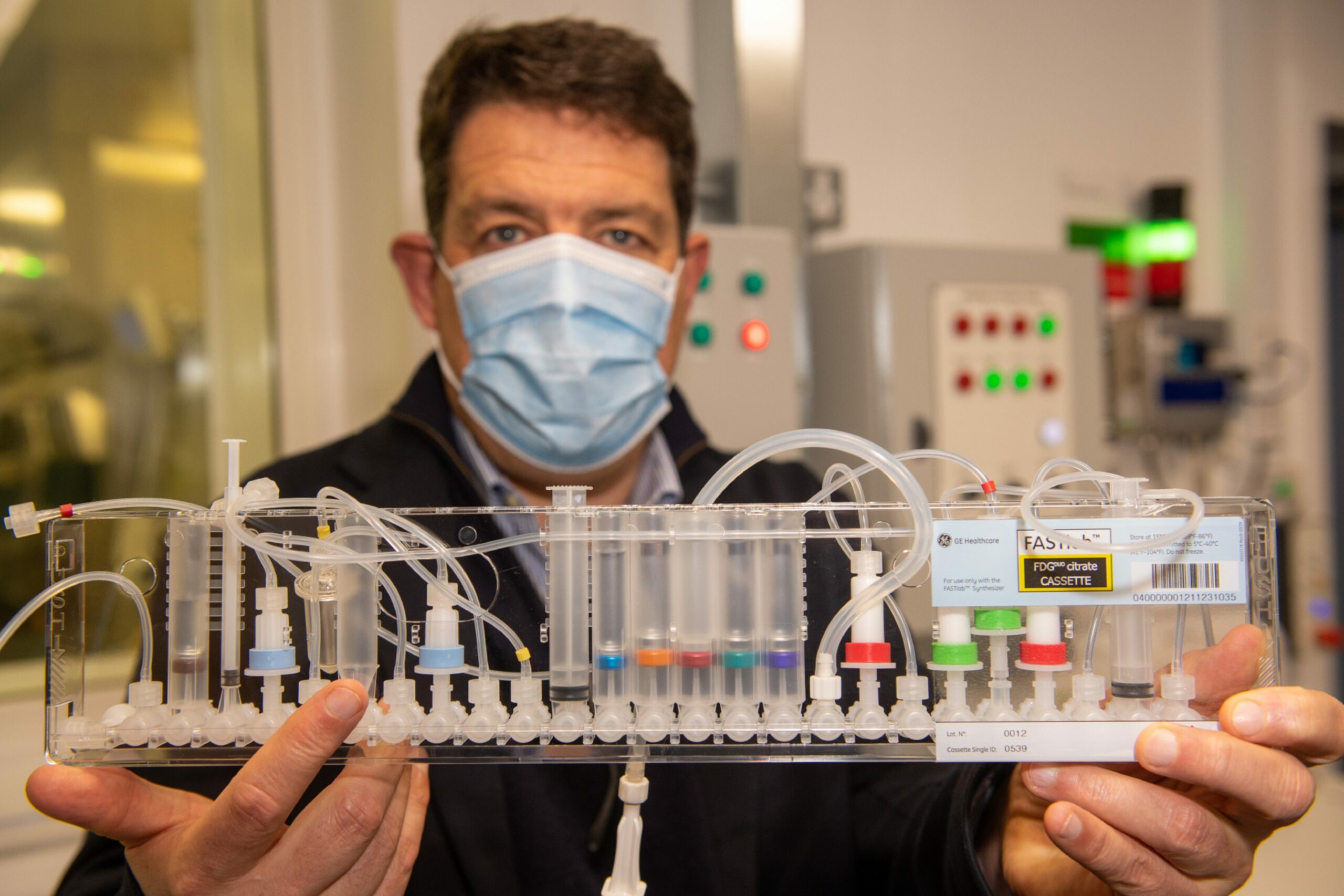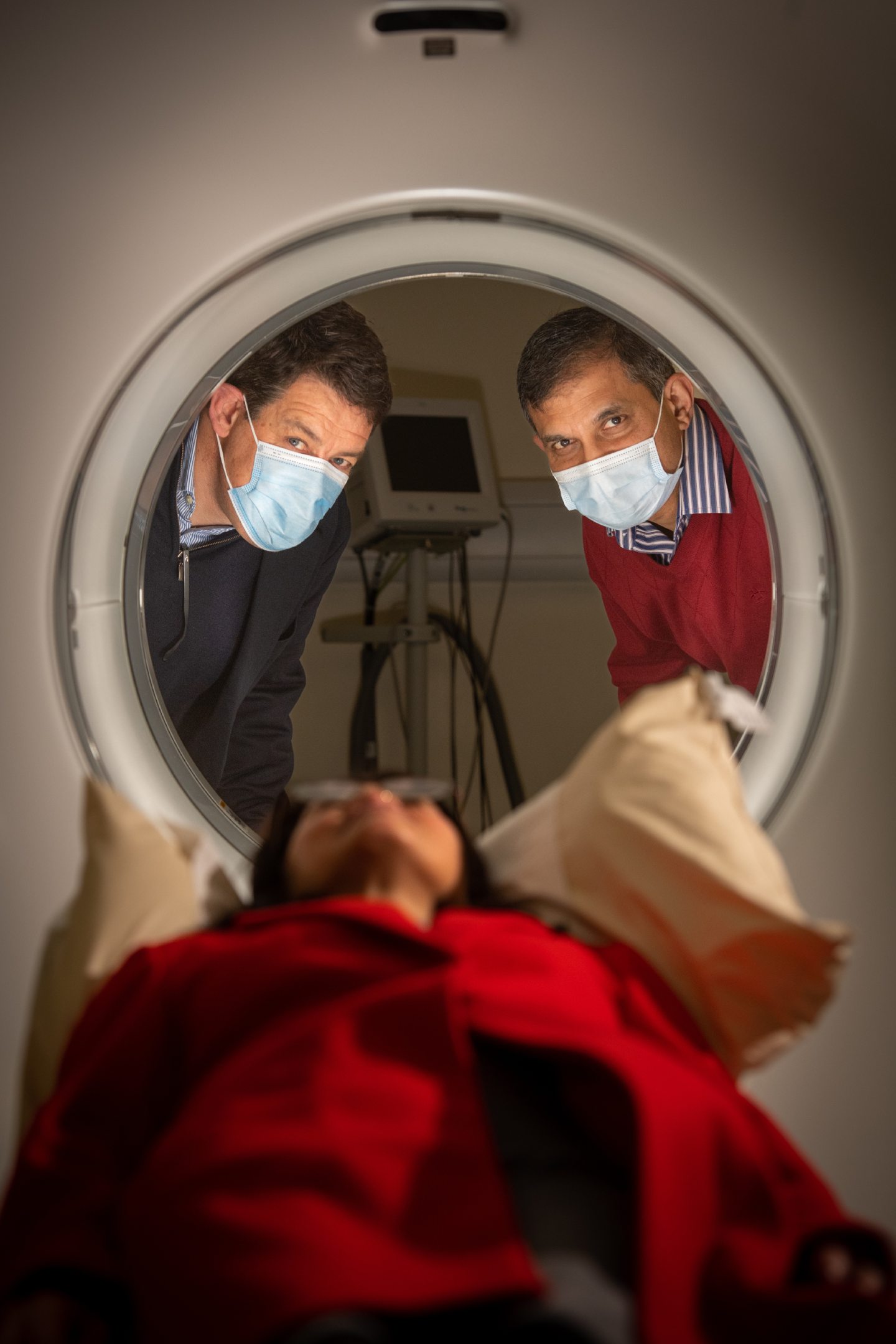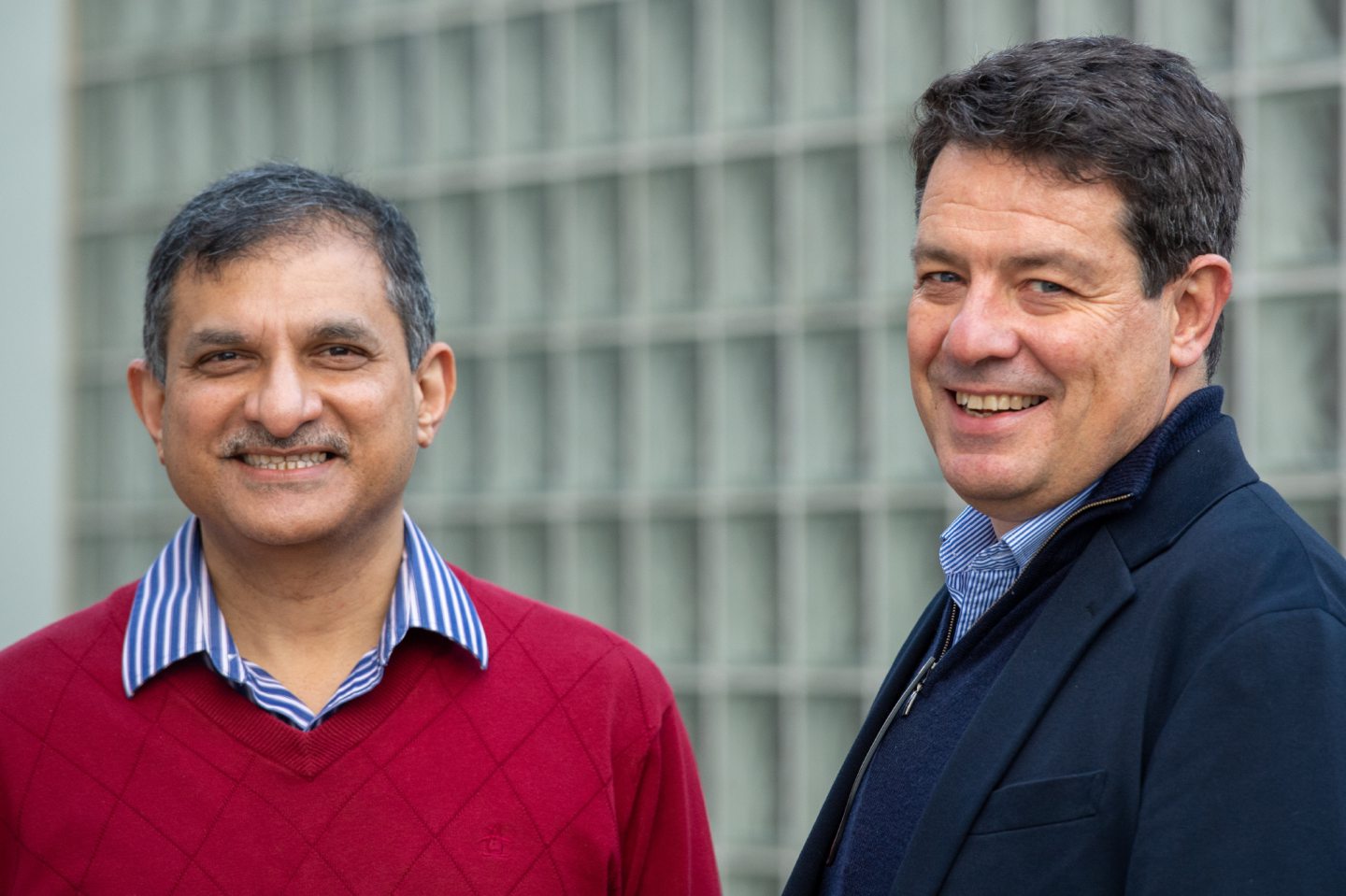Patients requiring daily tablets for conditions like thyroid problems are being freed from a lifetime of medication by new NHS Grampian technology.
The health board has become the first in Scotland to introduce an advanced type of CT scan which uses radiation.
While most scans just tell doctors about the structure of the body part being examined, this technique also lets them see how it’s functioning and exactly where the problems lie.
Patients are being referred from across the country, saying the treatment is letting them “feel alive” again.
How does it work?
At the moment the PET-CT system is being used to identify tumours on the pituitary gland in the brain.
This part produces hormones like cortisol, thyroid, and growth hormones during childhood.
For the scan, patients are given a radioactive drug created in the hospital using a £1 million particle accelerator.
It sends protons zooming around a track before colliding at one-tenth the speed of light.
Patients are then given the carbon-11-methionine which shows up in the scans, telling doctors exactly how the gland is functioning.
Clinical scientist Professor Roger Staff explained: “We inject the patient and use the photos coming off the radioactive drug to produce an image.
“In this case we’re looking for an increase in activity to identify where the tumour is.”
Patient success: ‘I feel alive again’
Home carer Mae Donald said the technology has given her a “second chance at life.”
The 63-year-old from Fyvie had been feeling constantly run-down but finally got a diagnosis of TSHoma (thyrotropinoma).
The PET-CT showed she had a pituitary tumour producing too many hormones, leading to an overactive thyroid.
“I was so tired and ill all the time, really not feeling good – my job was all that kept me going,” she said.
“Then it showed up very, very clearly on the scan. I had an operation and it was very successful.
“Now I have no more symptoms – no more pain, and no more tiredness – and I’m free from all my medication and injections, which had a lot of side effects.
“I feel like I’m alive again – I’ve got a second chance at life.
“Without that scan I don’t know what would have happened.”
Tech has ‘huge potential’ for future
Staff at NHS Grampian’s John Mallard PET Centre have been getting advice from experts in Cambridge on how to best use the technology.
The PET-CT scanner (Positron Emission Tomography and Computerised Tomography) is the only one of its kind in Scotland, and there are just a handful in the entire UK.
Consultant endocrinologist Dr Prakash Abraham said: “The NHS methionine PET service will be transformative for patients.
“It is technology which is only suitable for a small number of patients at the moment but has huge potential.
“I have been caring for two who had a significant burden of medications, including daily and monthly injections for over a decade, who are now cured and no longer require any medication.
“This has had a hugely positive impact on their lives and also saves the NHS tens of thousands of pounds every year.”




Conversation